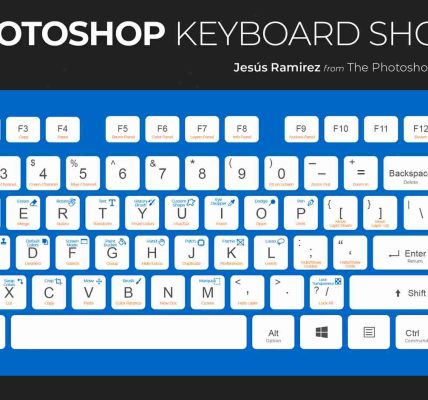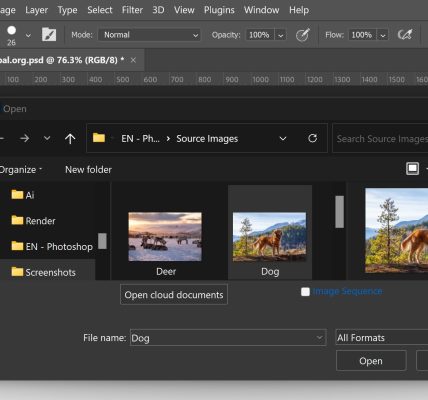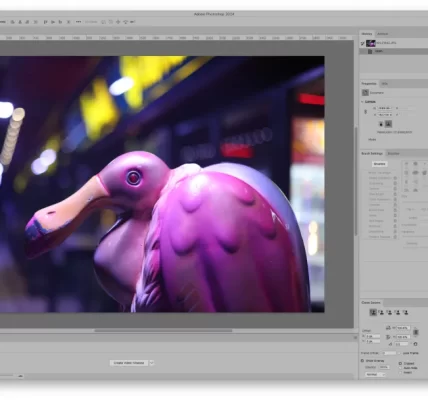Adobe Photoshop has long been synonymous with powerful 2D image editing, but the software’s evolution into the realm of 3D has opened up a new dimension of creative possibilities. This article delves into the world of 3D design within Photoshop, exploring the tools and features that empower artists and designers to add depth, realism, and a whole new perspective to their creations.
1. **3D Modeling and Extrusions:**
Photoshop’s 3D capabilities allow users to create and manipulate three-dimensional objects directly within the software. With tools for 3D modeling and extrusions, artists can turn flat shapes into volumetric forms, opening the door to endless possibilities for creating 3D text, logos, and intricate objects.
2. **Mesh Deformations and Sculpting:**
Photoshop’s 3D workspace incorporates mesh deformations and sculpting tools, providing a dynamic way to mold and shape 3D objects. Artists can refine the details of their creations, adjusting surfaces, and applying realistic textures to achieve a level of depth that goes beyond traditional 2D design.
3. **Lighting and Shadows:**
Realistic lighting is crucial for creating convincing 3D scenes, and Photoshop offers sophisticated tools for manipulating light sources and shadows. Artists can experiment with different lighting angles, intensities, and colors to achieve the desired mood and enhance the visual impact of their 3D compositions.
4. **Material and Texture Mapping:**
Texture mapping brings surfaces to life in 3D designs, and Photoshop facilitates the application of materials and textures with precision. From intricate patterns to realistic textures like wood or metal, artists can use the software to add depth and richness to their 3D creations, ensuring a lifelike appearance.
5. **3D Camera Tools:**
Navigating and framing a 3D scene is made intuitive with Photoshop’s 3D camera tools. Artists can adjust perspectives, angles, and depths, providing a level of control similar to a real-world camera. This feature enables the creation of captivating compositions and dynamic visual storytelling within the 3D space.
6. **Integration with Adobe Stock 3D Models:**
Photoshop users can access Adobe Stock’s extensive library of 3D models directly within the software. This integration streamlines the creative process by allowing artists to incorporate pre-made 3D elements into their designs. It broadens the range of possibilities and accelerates the workflow for those seeking diverse 3D assets.
7. **3D Printing:**
Photoshop’s 3D capabilities extend to the realm of physical creation through 3D printing. Artists and designers can use the software to prepare and optimize their 3D models for printing. This feature bridges the gap between digital design and tangible objects, making Photoshop a valuable tool for those exploring the world of 3D printing.
8. **Animation in 3D Space:**
Photoshop’s timeline functionality extends to 3D animation, enabling artists to bring their 3D creations to life. From simple rotations to complex animations, designers can use the timeline to add movement and dynamic elements to their 3D scenes, opening up new avenues for creative expression.
Conclusion:
Photoshop’s journey into the realm of 3D design represents a significant expansion of its creative capabilities. Whether artists are sculpting intricate 3D models, experimenting with lighting and shadows, or preparing designs for 3D printing, Photoshop’s 3D features empower users to explore a world of dimension and depth. As technology advances, the integration of 3D design tools within Photoshop will likely continue to evolve, providing new opportunities for artistic expression and pushing the boundaries of digital creativity.









